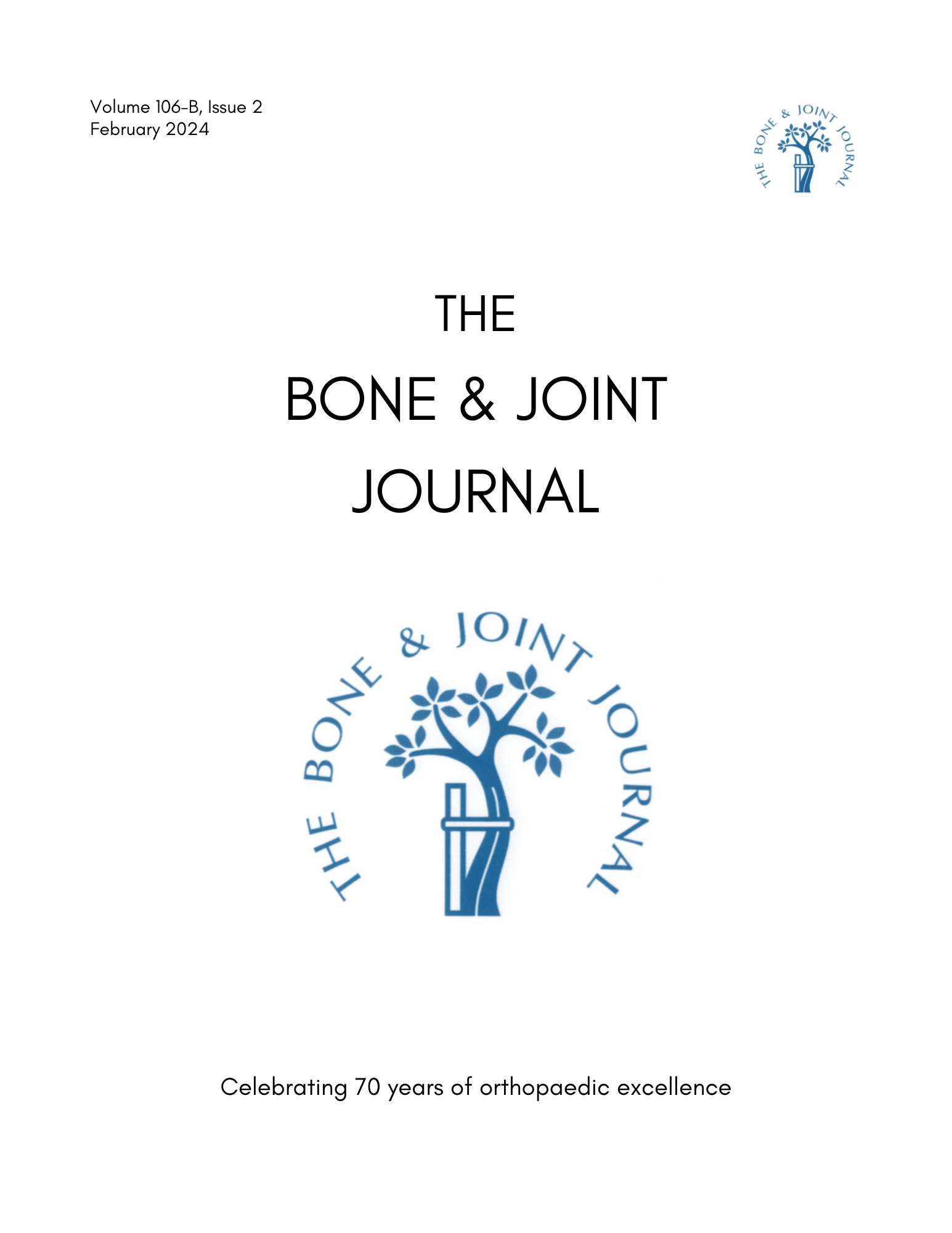
ACL Reconstruction: platelet-rich plasma does not significantly reduce tunnel widening

ACL Reconstruction: platelet-rich plasma does not significantly reduce tunnel widening
The impact of platelet-rich plasma on the prevention of tunnel widening in anterior cruciate ligament reconstruction using quadrupled autologous hamstring tendon: A randomised clinical trial
Bone Joint J. 2013 Jan;95-B(1):65-9. doi: 10.1302/0301-620X.95B1.30487Did you know you're eligible to earn 0.5 CME credits for reading this report? Click Here
Synopsis
50 patients undergoing ACL reconstruction with a hamstring graft were randomized to determine the effect of platelet-rich plasma on the reduction of tunnel widening 3 months following ACL reconstruction. Patients were allocated to receive surgery either with or without the application of PRP to grafts, and femoral and tibial tunnels. The results indicated that PRP patients experienced a slight reduction of tunnel widening compared to control patients, but the difference was not significant.
Was the allocation sequence adequately generated?
Was allocation adequately concealed?
Blinding Treatment Providers: Was knowledge of the allocated interventions adequately prevented?
Blinding Outcome Assessors: Was knowledge of the allocated interventions adequately prevented?
Blinding Patients: Was knowledge of the allocated interventions adequately prevented?
Was loss to follow-up (missing outcome data) infrequent?
Are reports of the study free of suggestion of selective outcome reporting?
Were outcomes objective, patient-important and assessed in a manner to limit bias (ie. duplicate assessors, Independent assessors)?
Was the sample size sufficiently large to assure a balance of prognosis and sufficiently large number of outcome events?
Was investigator expertise/experience with both treatment and control techniques likely the same (ie.were criteria for surgeon participation/expertise provided)?
Yes = 1
Uncertain = 0.5
Not Relevant = 0
No = 0
The Reporting Criteria Assessment evaluates the transparency with which authors report the methodological and trial characteristics of the trial within the publication. The assessment is divided into five categories which are presented below.
3/4
Randomization
3/4
Outcome Measurements
2/4
Inclusion / Exclusion
4/4
Therapy Description
3/4
Statistics
Detsky AS, Naylor CD, O'Rourke K, McGeer AJ, L'Abbé KA. J Clin Epidemiol. 1992;45:255-65
The Fragility Index is a tool that aids in the interpretation of significant findings, providing a measure of strength for a result. The Fragility Index represents the number of consecutive events that need to be added to a dichotomous outcome to make the finding no longer significant. A small number represents a weaker finding and a large number represents a stronger finding.
Why was this study needed now?
Tunnel widening following ACL reconstruction is reported frequently, and although tunnel widening may not debilitate the initial outcome, it can make revision surgery difficult. Tunnel expansion has also been linked more predominantly with hamstring grafts than with bone-patellar tendon-bone grafts. Platelet-rich plasma (PRP), which contains various growth factors and cytokines, has been demonstrated as an effective adjuvant for bone, cartilage, muscle, tendon, and ligamentous tissue repair. This study aimed to assess the effect of PRP on the reduction of femoral and tibial tunnel widening.
What was the principal research question?
Did the use of PRP reduce femoral and tibial tunnel widening after ACL reconstruction when measured 3 months postoperatively?
What were the important findings?
- The widening of femoral tunnels was, on average, lower in the PRP group, but this difference did not reach statistical significance (Femoral tunnel opening: 2.16mm PRP vs. 2.50mm Control, p=0.441; Mid-femoral tunnel: 2.69mm PRP vs. 3.21mm Control, p=0.415).
- Tibial tunnel widening was similar to the trend seen in the femoral tunnels, with PRP lower but not significantly different (Tibial tunnel opening: 1.65mm PRP vs. 1.99mm Control, p=0.225; Mid-tibial tunnel: 2.09mm PRP vs. 2.70mm Control, p=0.206).
- Knee stability difference between contralateral and ipsilateral knees was improved from 6.6 to 1.1mm in the PRP group and 6.6 to 2.2mm in the control group; both these improvements were significant.
- Lachman test, pain, and range of motion were observed to be similarly improved in both groups.
What should I remember most?
The use of PRP slightly reduced tunnel widening at 3 months following ACL reconstruction; however the difference was not significant. Both groups improved similarly with respect to clinical outcomes of knee stability, pain and range of motion.
How will this affect the care of my patients?
The findings of this study cannot support the routine use of PRP in ACL reconstruction. However, since the preparation of PRP is relatively uninvasive, further trials should be conducted to support the above results. Additionally, a longer-term follow-up may be needed to elucidate differences between groups, as tunnel widening may continue to increase.
Learn about our AI Driven
High Impact Search Feature
Our AI driven High Impact metric calculates the impact an article will have by considering both the publishing journal and the content of the article itself. Built using the latest advances in natural language processing, OE High Impact predicts an article’s future number of citations better than impact factor alone.
Continue



 LOGIN
LOGIN

Join the Conversation
Please Login or Join to leave comments.